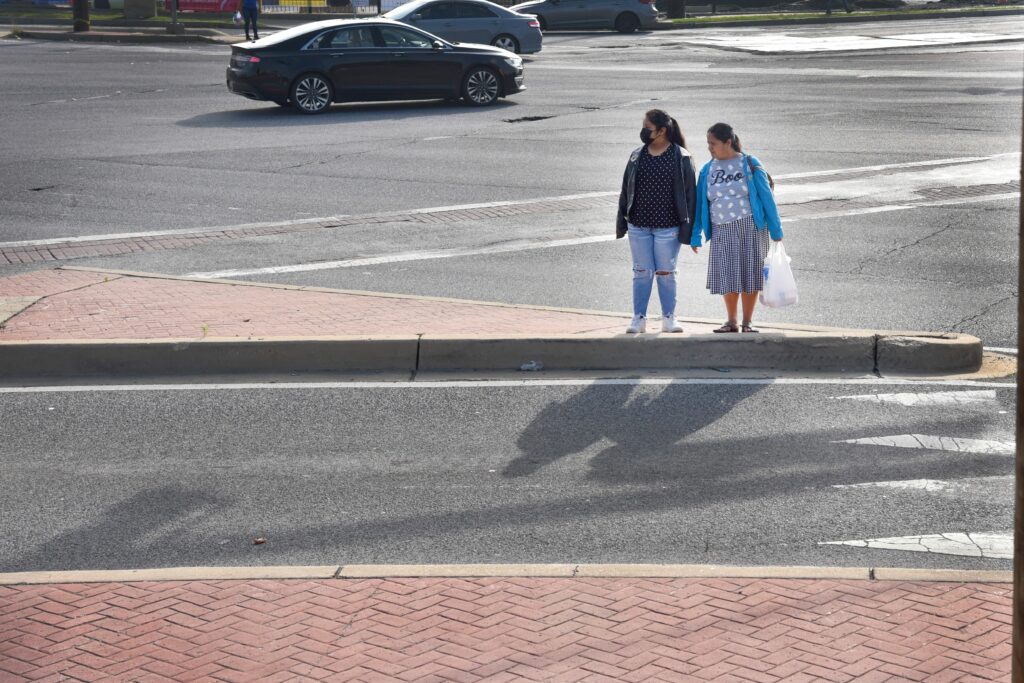
Explore the
State of the System
What is federal transportation spending accomplishing? Explore spending vs. reality in our new State of the System data hub and send up an SOS to your elected leaders.
increase in the the deaths of people walking since 2010.
The share of all traffic deaths from speed-related crashes.
Our recent insights and blog posts
Explore the latest blog posts from T4A with expert analysis and updates on key transportation and infrastructure topics.
Our three principles
Despite record levels of federal transportation spending, traffic, emissions, and pedestrian deaths keep rising. It’s time to focus on what truly matters: a transportation system that safely and efficiently serves everyday people.
Any serious effort to reduce deaths on our streets and roads requires slower speeds. Federal funding should require approaches and street designs that put safety first.
Related Resources
If your house has a leaky roof, you fix that before remodeling your kitchen. The federal transportation program should do the same and prioritize existing maintenance needs ahead of building new things which require decades of additional repair costs.
Related Resources
For 60 years we’ve invested hundreds of billions of dollars in highways. Now it’s time to invest in the rest to create a complete transportation network so more Americans can safely travel by foot, bike, bus, or train.
Related Resources
Discover our recent reports & resources
Access T4America’s essential reports, data tools, and guides designed to help you understand transportation spending and policy.

Insights in your inbox
Be the first to hear about new reports or research, receive our blog posts, and learn about new data that can help you understand what’s happening on transportation policy.
Numbers tell the story
Helping you better understand what’s happening in transportation through facts and data.
How much the IIJA could increase emissions by 2040. (Million metric tonnes)
Total freeway lane-miles added to the largest urbanized areas from 1993-2017
Americans displaced during the first two decades of building the Interstate System

Looking for a good starting point?
Are you new to transportation? Start here with a brief introduction to T4America and our work, and learn why the federal transportation program is making nearly everything worse.







